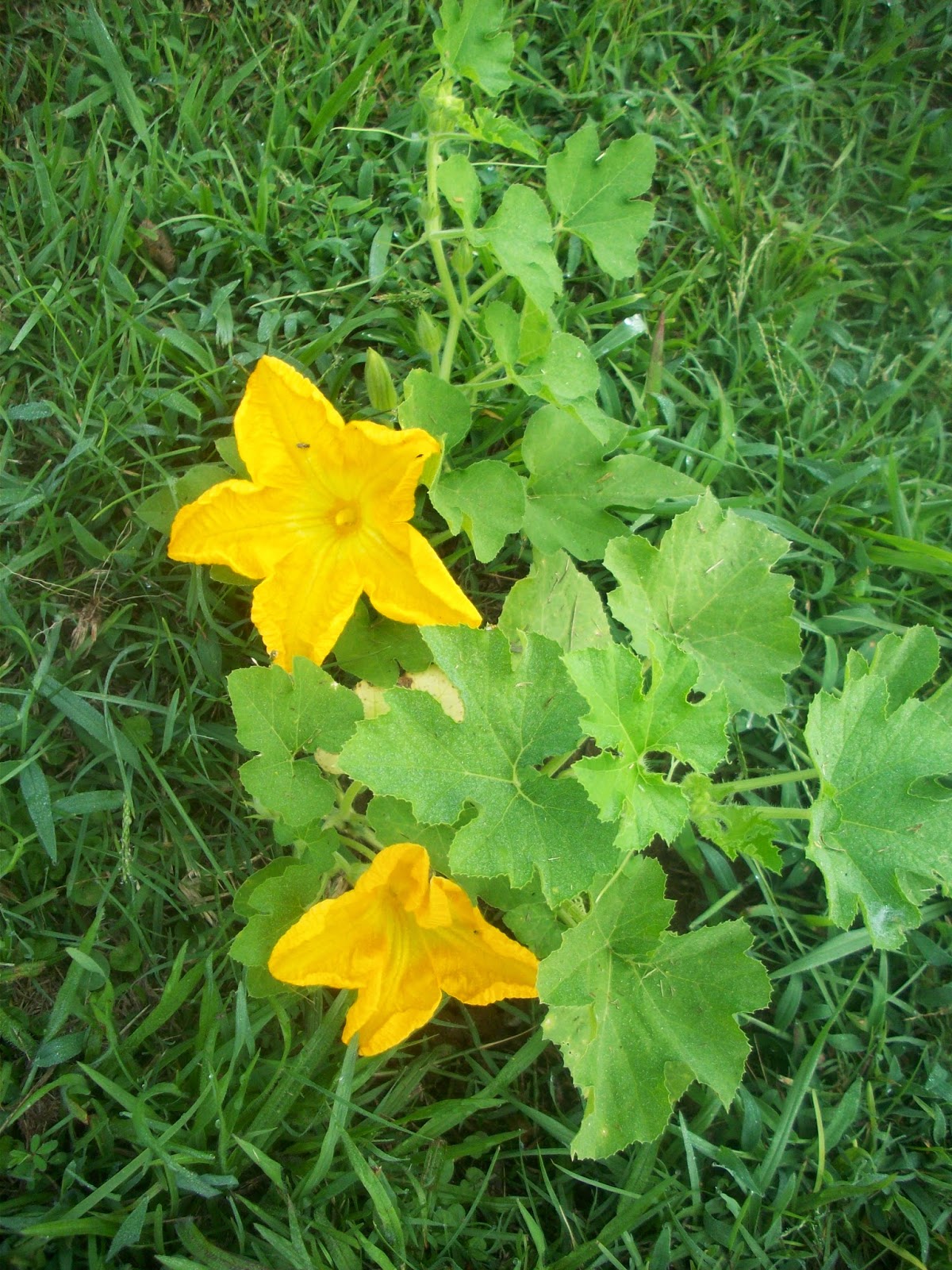Recently my wife was contacted by a woman who was interesting in having some cedar trees removed from her property so that she could have a better view of her lake. Needless to say we jumped at the opportunity because cedar trees make the most beautiful lumber and cedar wood is often sought after by rustic carpenters like myself. It all sounded too good to be true and we drove out to her property to take a look- upon arriving we noticed large cedar trees (all at least fifty years old) all over the property and the lady wanted all of them to be cleared; the following Sunday we arrived back with a truck bed full of chainsaws and a trailer. It was time to go to work.
It is very important that when you are cutting trees to be milled that you have a plan for the lumber ahead of time, otherwise you will end up wasting a lot of the wood. I wanted to make a cedar mantle piece for our fireplace and Liz wanted a cedar table and bench; the rest of the lumber we would sell for profit. After felling and limbing the first cedar, we took our measurements of the tree before we milled it to determine what cuts we needed to make to maximize the lumber harvested from the tree.
Using a level, we set up the guide rails for the mill to cut the top cant (curved edge with bark) off of the cedar. This is the most critical step when it comes to milling lumber with a chainsaw because if your first cut is not perfectly flat and level all of the remaining cuts will follow the same pattern and you will wind up with crooked lumber. It is also important to ensure that when the mill is running down the rails that it is not tiled up on one side because this will also result in crooked and uneven lumber. After the rails were set up we began milling and the first four slabs of wood were cut for the table and bench. The wood was beautiful and it smelled amazing as the saw cut through it! It milled great too and the saw cut through it like a hot knife through butter, resiling in a smooth cut. Everyone who has seen the lumber jokingly says that it looks like bacon!
Next we milled out our mantle piece and this particular part of the process was a true test of our lumber milling skills because of the compound edge that we had to cut for where the mantle marries to the wall. Honestly, the Alaskan mill is great for milling out lumber but you really need a vertical mill attachment for the chainsaw to create a perfect ninety-degree angle edge when using a chainsaw. First, we determined the depth that we needed to set on the mill to reach the heartwood for the mantle and we milled off the first cant; this first milled surface would be the top of the mantle piece. We then selected which side we wanted to use as the front of the mantle piece. We chose the side where most of the limbs were so that it would have a lot of character and this side would be left as a live edge.
The front edge was rolled towards the ground as we rolled the log ninety-degrees or one quarter turn. Holding a level to the flat, milled edge we made sure that the log was perfectly plumb so that the edge facing the wall would be as near to ninety-degrees as possible. Again, this is pretty difficult using a chainsaw so you really have to take your time to set this up correctly. Once we wedged the log to keep it perfectly plumb we set the guide rails back on top of the cedar and leveled them out for the ninety-degree cut. The saw sliced cleanly through the cedar and we achieved a near ninety-degree edge- not bad for chainsaw work! The log was rolled and milled one more time to create the bottom edge; I set the mill to five inches to create a five inch thick mantle piece.
The cedar that we milled for the mantle piece ended up being approximately ten inches deep by five inches thick by eight feet long and it weighs, I would guess, about one-hundred and eighty pounds. The depth is approximate as I mentioned because of the live edge as it tapers, twists and curves giving it a pretty cool and unique look. It will be a true one of a kind. Once the wood is dried it will be sanded and the bark will be removed from the live edge using a draw knife to reveal more of the cedar’s character.
If you enjoyed reading about this project I plan to write more about it as we continue on with finishing process of the mantle piece, table and benches which will probably be after Christmas. We realize that we haven't written much on the blog in a while but to be honest not much has been going on around the homestead in the past couple of months. We are ordering our package bees in November and we should receive them in March of 2015 so we will have a lot more about the honeybees next year. Additionally, Liz and I are discussing setting up a Christmas tree farm on the back two acres of our property so we will have more on that as well. As always, thanks for reading and I hope this gives you some inspiration for some of your lumber milling projects.




































